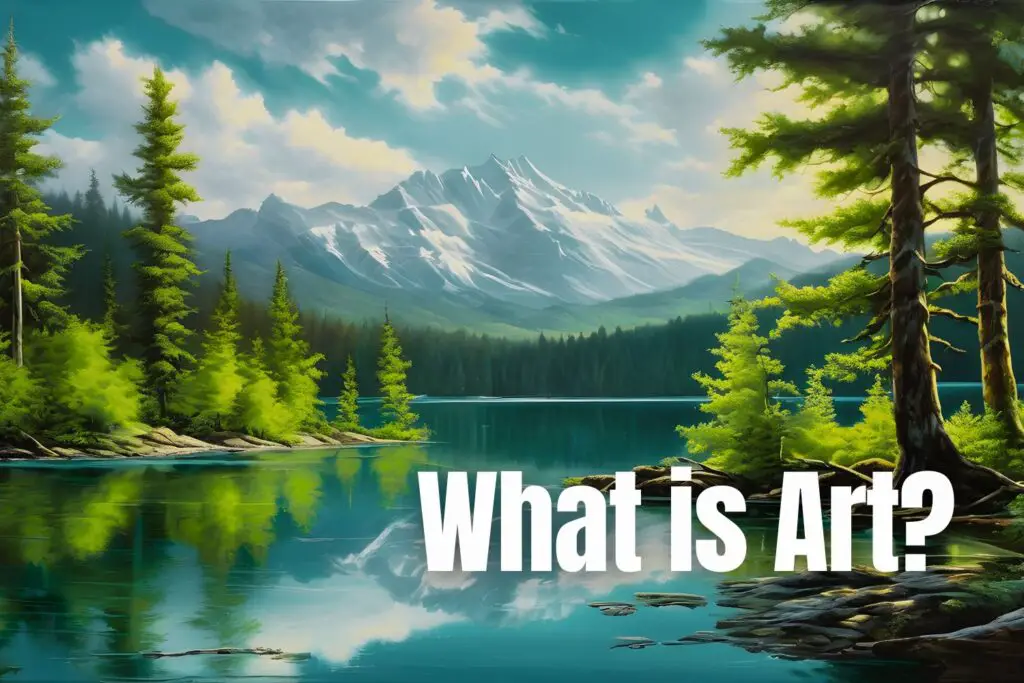Art is a cornerstone of human culture, embodying our aspirations, emotions, and historical narratives. This article embarks on a journey through the multi-dimensional world of art. It offers a concise yet comprehensive overview of art’s definitions, historical progressions, intrinsic concepts, and diverse genres.
By shedding light on the creative forces behind the art, the significance of color, and the role of collections and museums, this article endeavors to enrich the reader’s understanding and appreciation of the profound tapestry that art weaves through our lives.
Table of Contents
What is Art? (Definition)
Art is any activity done by people using their imagination or creative skills for communication or aesthetic purpose, conveying an idea, emotion, or other forms of expression, generally in a visual form such as drawing, painting, sculpture, or any other medium.
Art not only serves as a mirror, reflecting society, but it also shapes culture and fuels change. Its value lies in aesthetics and its ability to provoke thought and evoke emotion.
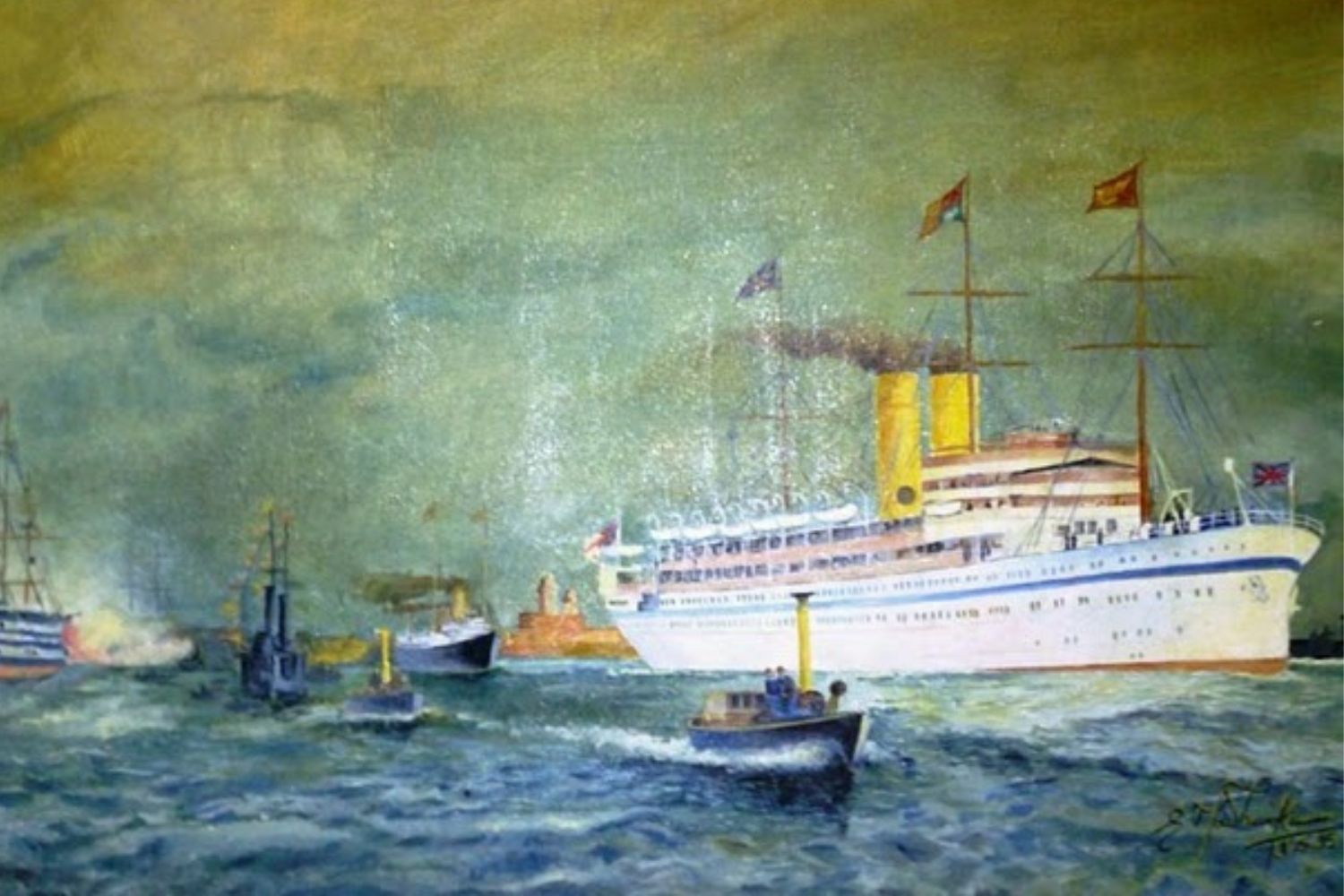
What are the Basic Concepts of Art?
The basic concepts of Art are the fundamental ideas that underlie the creation and interpretation of any artwork. These concepts form the framework within which artists create, and audiences appreciate the artwork.
Elements of Art
Elements of Art are the building blocks artists use to create visual artworks. These elements include a line, a mark with length and direction, often used to define space or create texture. It also includes shape, referring to a two-dimensional enclosed area; form, indicating three-dimensional objects and giving them depth.
The main component is color, comprising hue, saturation, and value; value, which is the lightness or darkness of a color; texture, describing the surface quality of an artwork; and space, which involves the areas within and around objects in an artwork. Artists can produce complex and visually intriguing pieces by adeptly manipulating these elements.
Principles of Art
Principles of art are the basic theoretical concepts that guide artists in organizing visual elements cohesively in a composition.
These principles include balance, which ensures visual stability and equal distribution of elements; contrast, emphasizing differences in elements to create interest. It also includes emphasis, which draws attention to a focal area, and movement, guiding the viewer’s eye through the artwork.
The fifth principle is rhythm created using repeated patterns or elements. It also includes a principle of proportion, determining elements’ relative size and scale; unity, ensuring a sense of harmony and wholeness; and variety, incorporating diversity for added interest.
These principles enable artists to create well-structured, engaging, and expressive artworks.
Composition in Art
Composition in Art is the artistic arrangement and organization of visual elements to create a cohesive and harmonious artwork. It encompasses positioning lines, shapes, colors, textures, and forms and is governed by balance, contrast, emphasis, movement, and unity principles.
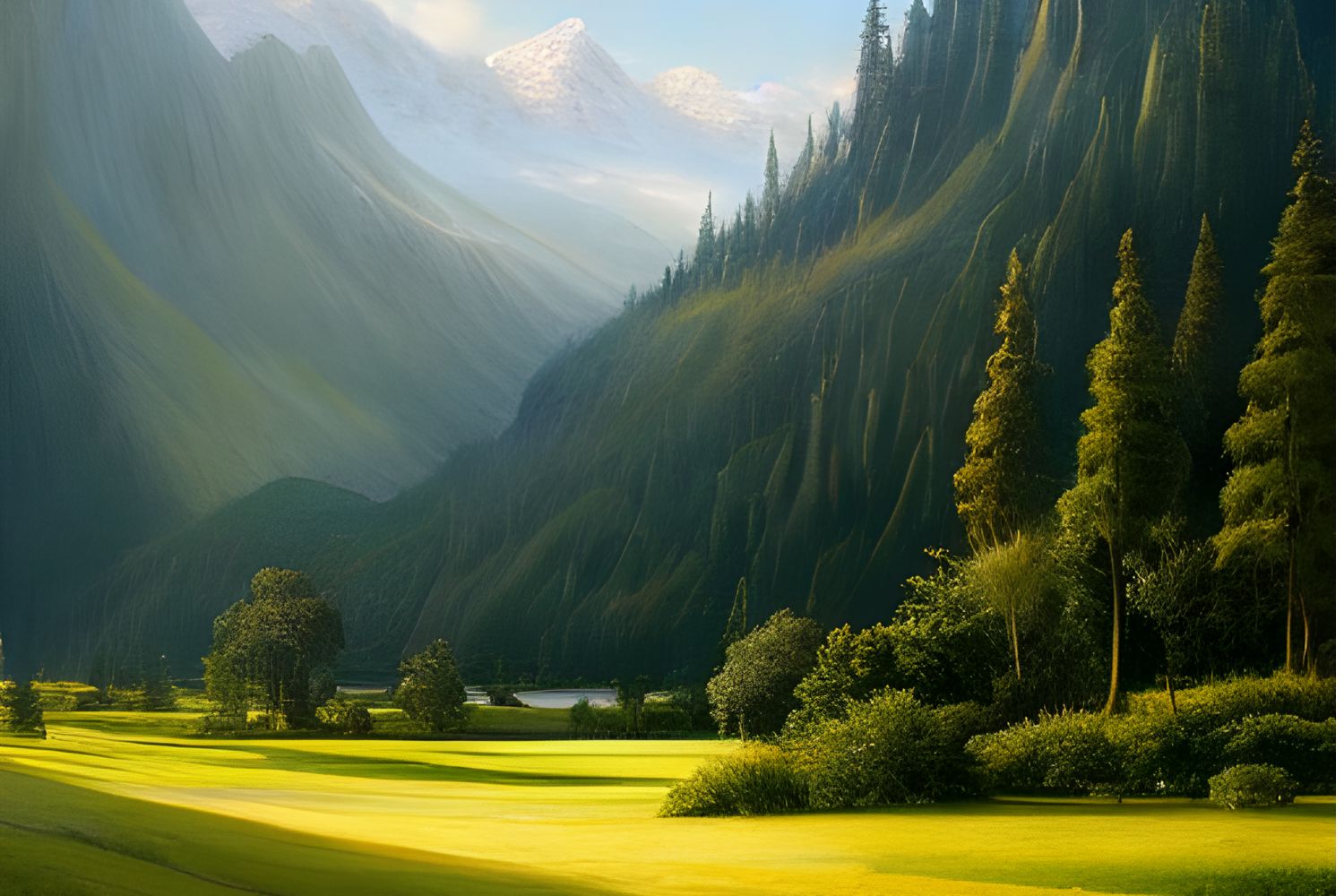
An effective composition directs the viewer’s attention, highlights focal points, and conveys intended emotions or messages. It is pivotal in both representational and abstract Art, as it determines the structural layout.
Artists employ compositional techniques, like the rule of thirds, symmetry, or framing, to enhance their visual appeal and effectiveness.
Art Medium
Art medium refers to the materials or supplies an artist uses directly or indirectly and becomes part of their artwork. Art mediums encompass a wide range of materials, including but not limited to:
- Drawing and Painting: Pencils, pens, charcoal, pastels, watercolors, acrylics, oils, etc.
- Sculpture: Clay, stone, metal, wood, plaster, glass, etc.
- Digital Art: Computers, software, digital tablets, digital cameras, projectors, etc.
Art Techniques
Art technique is the practical methodology or skills artists utilize to create visual, auditory, or performance pieces.
Artists employ several techniques to create diverse artworks, and a few of them are listed below:
In drawing, hatching and cross-hatching involve using parallel lines or intersecting lines to indicate shadow and form. Stippling uses dots for similar purposes and perspective techniques for showing a three-dimensional object on a two-dimensional surface.
In painting, they use methods like impasto, where thick layers of paint are applied for texture, or glazing, which involves applying thin layers to create depth.
For sculpture, techniques like carving, modeling, and casting shape materials into three-dimensional forms.
Digital Art employs visual creation software, incorporating traditional techniques with technological tools.
Art Style
An art style is a distinctive way artists convey visual elements and ideas. It encompasses a set of consistent characteristics and techniques, such as line, color, texture, and form, employed by an artist or a group of artists within a specific time period or cultural context.
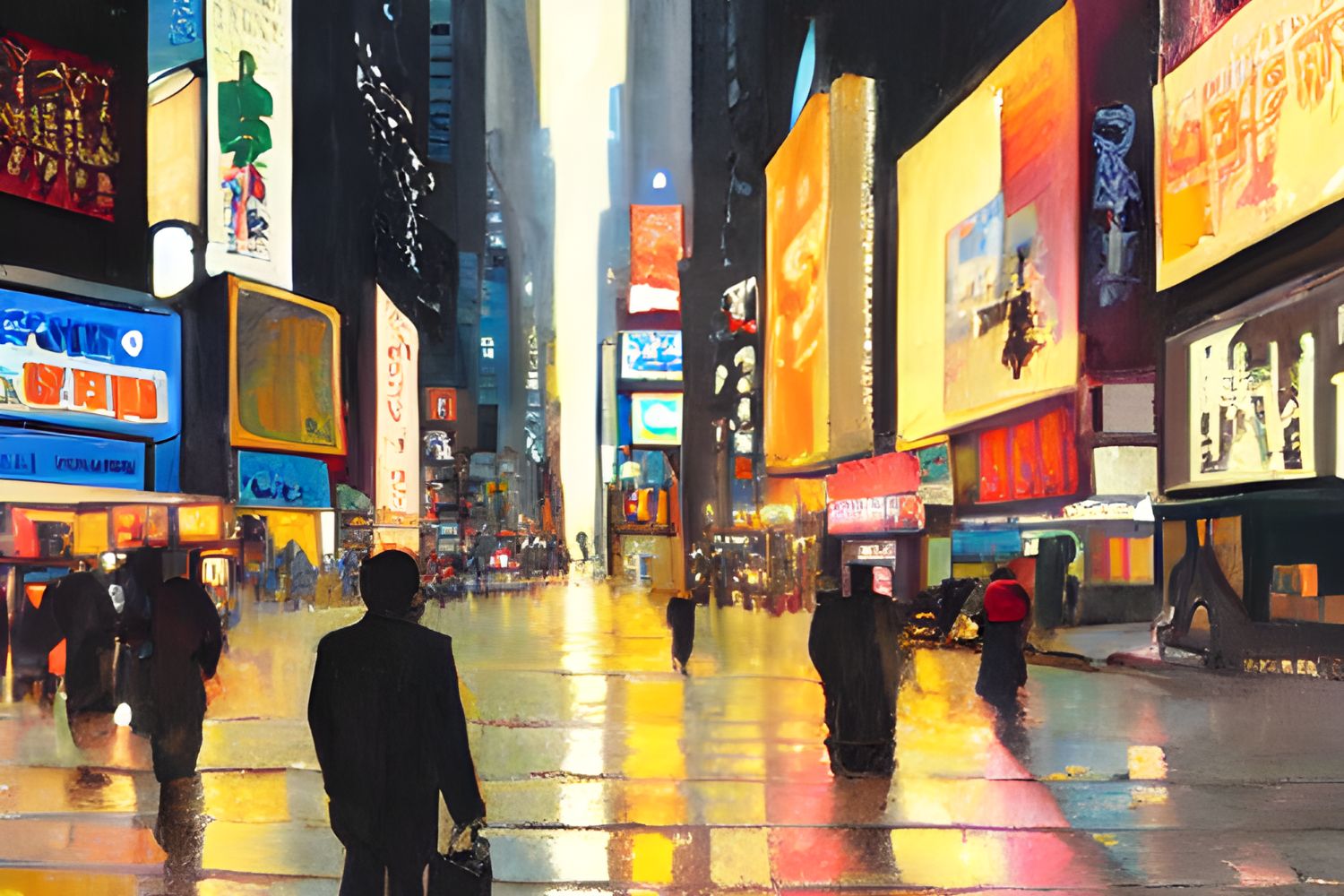
For instance, Impressionism, which emerged in the late 19th century, is characterized by visible brushstrokes and a focus on the effects of light and atmosphere. Art styles evolve over time, often in response to historical events, societal changes, or innovations in materials and techniques.
Art Subject Matter
Art subject matter refers to the objects, themes, or concepts depicted in artworks. It encompasses a wide range of categories including, but not limited to, still life, portraiture, landscape, abstract ideas, historical events, and allegorical themes.
For instance, still-life comprises inanimate objects such as fruits or flowers, while portraiture primarily focuses on representing the human figure. Understanding different subject matters is indispensable for art students, as it informs the creation of compelling compositions.
Understanding these concepts allows artists and audiences to engage more deeply with Art, providing insight into the creative process and enriching the interaction experience with various art forms.
How Does Color Influence Art?
Color significantly influences Art by affecting the composition’s mood, tone, and perception. In the color theory, artists utilize primary, secondary, and tertiary hues to evoke emotions; for instance, red often conveys passion, while blue imparts tranquility.

Furthermore, color harmony ensures a visually engaging piece by employing analogous or complementary palettes. The use of saturation and value also plays a crucial role, as these aspects can intensify or soften the overall effect.
Johannes Itten, a renowned theorist, elaborated on these principles in his work “The Art of Color.” Employing suitable colors is indispensable for artists striving to convey specific sentiments or atmospheres through their creations.
What are the Main Areas of Art?
In a general context, areas of art encompass various forms of creative expression, including visual, performing, literary, culinary, and digital arts. These fields reflect the diversity and creativity inherent in human culture.
Unique techniques, materials, and objectives often characterize these areas. Classifying Art into various areas enables individuals to understand and appreciate the diversity and complexity of human expression through visual and auditory means. Below are some of the main areas of Visual Art:-
Drawing
Drawing is a concept in which one creates pictures, diagrams, or images using pencils, pens, chalk, or charcoal. It is fundamental to most visual arts and can be representational, abstract, or symbolic.
Painting
Painting is applying pigment, color, or other media to a surface, using brushes, and is often a wet medium. The chosen surface is typically canvas, paper, wood, or glass.
Has a rich history and versatile ability to convey emotions, tell stories, and represent both the abstract and the real.
Sculpture
Sculpture is a three-dimensional art form where clay, stone, metal, or wood are shaped or carved. Sculptures can be freestanding, meaning they can be viewed from any angle or relief, where the design is raised above the background.
Digital Art
Digital Art involves using digital technology as an essential part of the creative process. This can include computer-generated Art, digital photography, and digital painting.
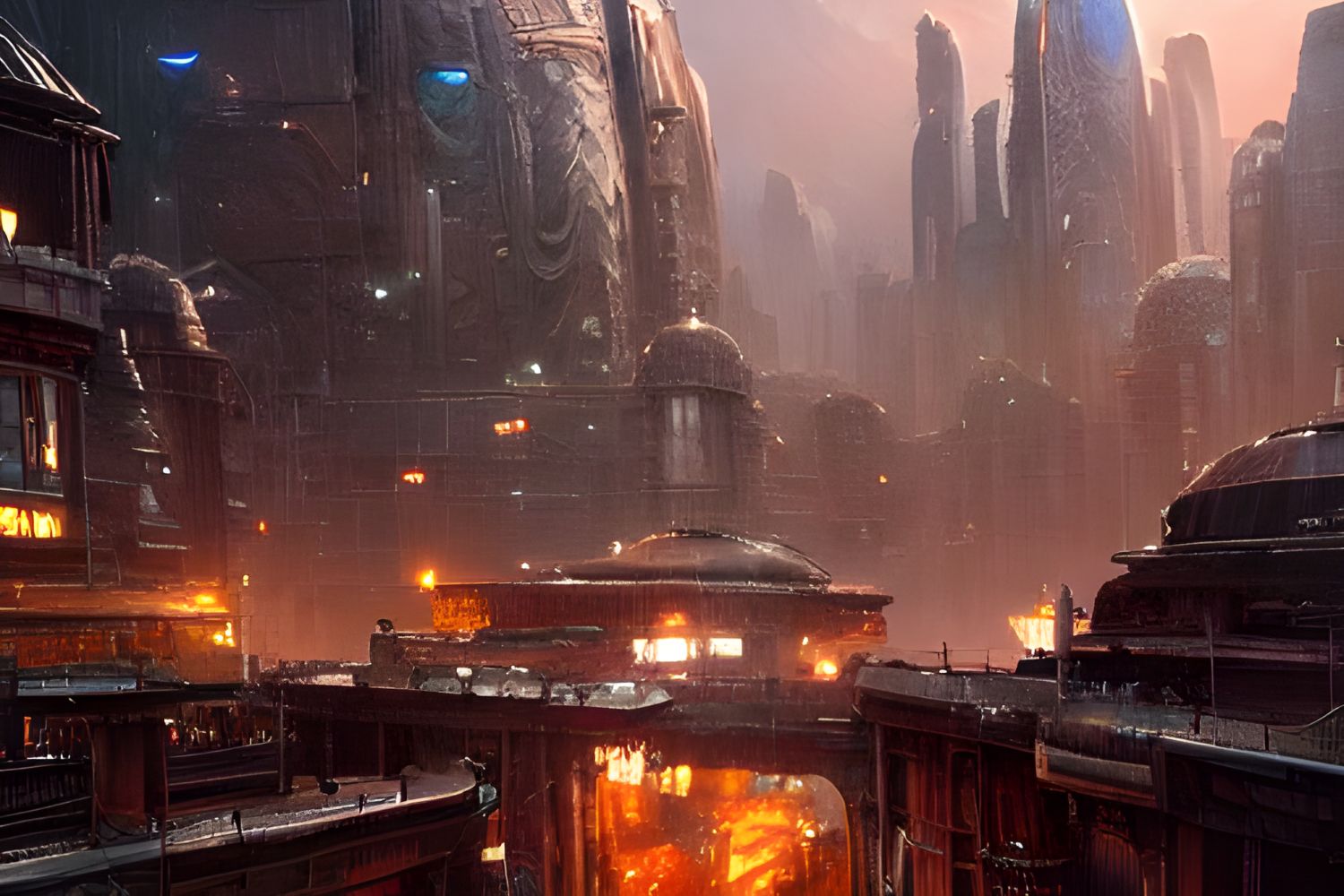
AI Art
AI Art refers to artworks created with the assistance of artificial intelligence. AI art involves algorithms, specifically neural networks, to generate pieces. Algorithms such as Generative Adversarial Networks (GANs) have been used for this purpose.
The areas of Art are diverse and constantly evolving, each with distinct characteristics and merits, offering myriad avenues for expression, interpretation, and appreciation.
What are some common types of Art Genres?
Art Genre refers to a category or classification of artistic work with similar characteristics, attributes, or thematic content. This classification facilitates artwork organization, understanding, and appreciation by grouping them according to common features or themes.
In visual Art, the following are some prominent genres include:
Portrait
This genre focuses on the depiction of individuals or groups. Portraits can range from highly realistic representations to more abstract or stylized depictions. They often capture the subject’s physical likeness, personality, and social status.
Landscape
Landscape art primarily deals with natural scenery, such as mountains, forests, rivers, and fields. Depending on the artist’s intent, this genre might depict a realistic view of nature or be more romanticized or abstracted.
Still Life
In still-life art, inanimate objects are arranged in a composed setting. Common objects include flowers, fruits, books, and vases. Still-life paintings often possess a contemplative quality, and they can be a way to explore the texture, shape, and interplay of light and shadow.

Historical
This genre includes artworks that depict historical events, characters, or settings. Historical Art often aims to impart a sense of grandeur, drama, or moral significance to the past.
Abstract
Abstract Art departs from realistic representation and explores the relationships of forms, colors, and lines for their own sake. This genre often seeks to evoke emotions or concepts not tied to visual references in the world.
Conceptual Art
This is a genre where the concept or idea behind the work takes precedence over traditional aesthetic or material concerns. It often challenges conventional notions of Art and may take various forms, including installations, performances, or written texts.
Pop Art
Pop Art is characterized by using imagery from popular cultures, such as advertisements, comic strips, and everyday objects. It often employs bright colors and is sometimes seen as a reaction to the seriousness of abstract expressionism.
Understanding these genres can enhance one’s appreciation of Art by recognizing the commonalities and differences among various artworks. It allows viewers to better engage with the historical, cultural, and aesthetic aspects that the artworks convey.
What is the History of Art?
History of art is the academic field that studies artworks, artists, and art movements throughout human history. It delves into different mediums, such as painting, sculpture, and architecture, contextualizing them within social, cultural, and historical frameworks.
The Palaeolithic era marks the genesis of Art, approximately 40,000 years ago, where cave paintings and simple sculptures were prevalent.
Moving into the Bronze Age, Art in ancient civilizations, such as Egypt, Mesopotamia, and the Indus Valley, became more refined. Hieroglyphics and intricate carvings adorned Egyptian monuments, whereas Mesopotamia is celebrated for ziggurats and cuneiform script. The Greek Classical period focused on realism and proportion in sculptures and architecture, as noted by the British Museum.

The Middle Ages were characterized by Romanesque and Gothic art forms, emphasizing religious themes. The Renaissance, spanning the 14th to the 17th century, marked a rebirth of classical ideals and innovation in painting, sculpture, and science. This period produced luminaries such as Leonardo da Vinci and Michelangelo.
Modern Art emerged in the late 19th century, featuring movements like Impressionism, Cubism, and Surrealism. Contemporary Art, post-1970s, is diverse, encompassing various mediums and concepts. According to the Museum of Modern Art, the mid-20th century’s Abstract Expressionism marked a crucial turning point.
What is an Art Movement and its Cultural Impact?
An Art Movement is a term that denotes a period during which a collective group of artists adheres to a consistent style or philosophy in creating artwork. Art Movements, often characterized by original content and creativity, significantly shape and reflect societal and cultural trends.
By deploying fine Art, these movements challenge existing norms and contribute to the proliferation of beauty and knowledge. For instance, the Renaissance movement revived classical techniques and led to the explosion of artistic innovation that still resonates today.
In modern times, the digital era has given birth to an online community of artists who use virtual platforms to disseminate their work, impacting cultural norms and global artistic trends. Thus, Art Movements are critical in cultural evolution as they foster diversity, innovation, and progress in artistic expression.
How Have Museums Contributed to the Art World?
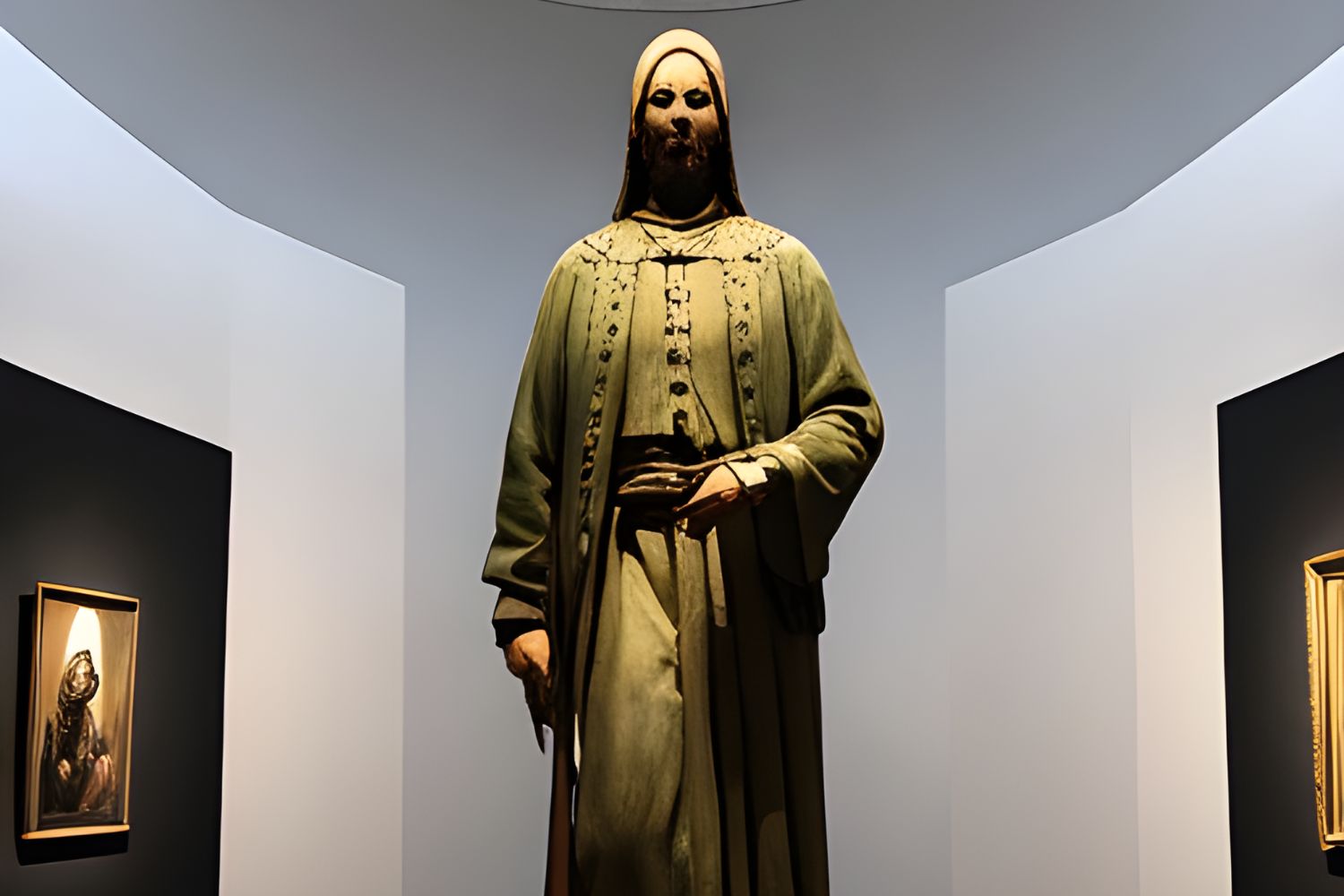
Museums play an integral role in the art world by preserving and exhibiting artworks, thus facilitating cultural exchange and education. They safeguard many pieces, ranging from historical artifacts to contemporary Art. The archival practices of museums ensure that future generations have access to these cultural treasures.
Moreover, museums are often at the forefront of research, contributing to art scholarship and criticism. Through curated exhibitions, they present thematic selections of works that enable the audience, including art beginners, enthusiasts, and professionals, to comprehend artistic movements and historical contexts.
Furthermore, museums often offer educational programs and resources that teach drawing and painting techniques, benefiting art students and those seeking personal enrichment.
These institutions are indispensable in fostering an appreciation and understanding of Art.
What is the Role of Art Galleries?
Art galleries play a vital role in the dissemination and conservation of visual arts.
For art beginners, hobbyists, students, enthusiasts, professionals, and others, galleries serve as educational repositories, providing access to original artworks and historical context.
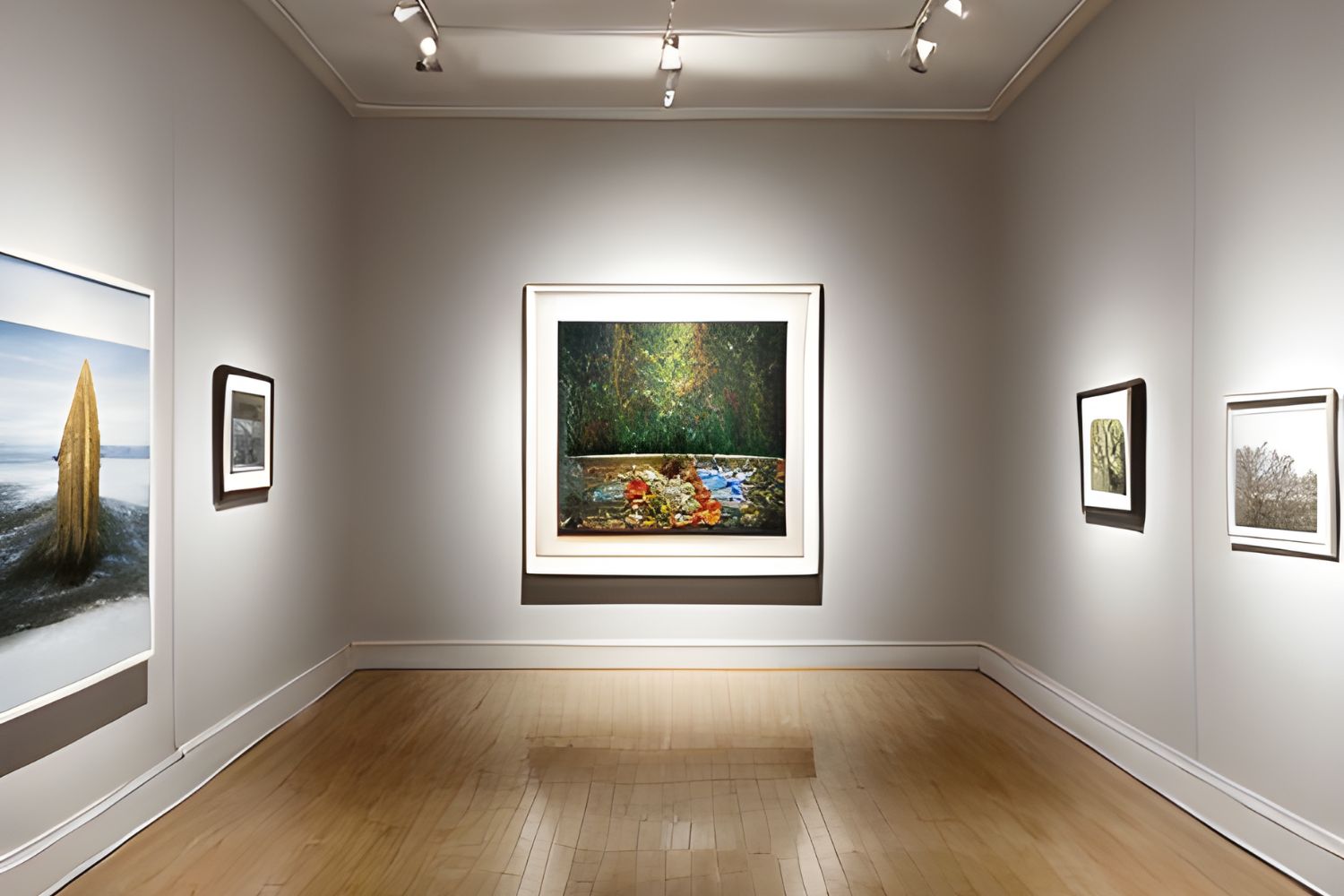
They facilitate critical engagement, appreciation, and aesthetic experience, which can be instrumental for personal enrichment and creative development. Moreover, galleries contribute to the financial sustainability of artists by promoting and selling their work.
For educators, galleries offer pedagogical resources and platforms for learning that can enhance art education. Parents and guardians may employ galleries to cultivate cultural awareness and creativity in children.
Why is Art Important?
Art is important because it contributes to cultural preservation, societal critique, and personal expression and is indispensable to individuals, society, and nations.
For individuals, it serves as a medium for self-expression, allowing the articulation of thoughts and emotions through visual forms. Additionally, it fosters cognitive abilities and critical thinking.
In society, Art is pivotal for cultural preservation. It offers a repository of a community’s history, traditions, and values. Furthermore, it catalyzes social change by facilitating dialogue and fostering empathy among diverse groups.
At the national level, Art is a critical component of a country’s identity and soft power. It plays an instrumental role in international diplomacy, showcasing a nation’s cultural heritage. Moreover, art industries contribute substantially to the economy by creating jobs and generating revenue.
Art is a multifaceted tool that profoundly impacts individuals, societal dynamics, and national interests.
Who creates Art?
Art is created by artists who employ skill and imagination to express aesthetic, conceptual, or communicative ideas to create their artwork. Artists manifest their visions using various mediums, such as paint, clay, metal, and digital tools.

In academic settings, aspiring artists undergo rigorous training in techniques and theory. Some artists, however, are self-taught, acquiring skills through experimentation and practice. It is also important to note that throughout history, diverse cultures have contributed to Art, with artisans and craftsmen producing culturally significant pieces.
What are the Benefits of Learning an Art Skill?
Art has numerous benefits that go beyond the creation of beautiful works. For art students or art lovers, engaging in artistic activities can positively impact various aspects of their lives. Here are three key benefits of Art:
Self-expression and Emotional Release
Art provides a powerful medium for expressing oneself, allowing individuals to communicate their thoughts, feelings, and experiences visually and symbolically. This creative outlet can serve as a cathartic release and help individuals cope with emotions, reducing stress and promoting emotional well-being.
Enhancing Creativity and Problem-Solving Skills
Engaging in Art stimulates the imagination and fosters innovative thinking. Art cultivates creativity and encourages individuals to think outside the box by brainstorming ideas, experimenting with different techniques, and problem-solving visual challenges.
Developing Fine Motor Skills and Coordination
Drawing, painting, sculpting, and other artistic activities require precise movements and coordination between the hands and eyes. Regular art practice can improve fine motor skills, hand-eye coordination, and dexterity, benefiting artistic pursuits and everyday tasks.
What is an Art Collection?
An art collection is a curated assemblage of artworks, typically acquired over time, encompassing paintings, sculptures, drawings, prints, or other visual art forms. Individuals, institutions, or museums often amass art collections with a particular focus or theme.
According to the Metropolitan Museum of Art, collectors often acquire works that reflect their aesthetic preferences, historical periods, or the oeuvre of specific artists. Aspiring artists and connoisseurs can study collections to gain insights into various art techniques and styles and can use them as a source of inspiration for their own drawing and painting endeavors. For instance, the Metropolitan Museum of Art houses over two million works, facilitating education and artistic appreciation (Source: The Metropolitan Museum of Art, 2021 Annual Report).
How Can One Explore Art?
To explore Art profoundly, one must engage in both theoretical knowledge and practical skills. Delve into art history by studying eminent artists and their work, such as the Renaissance masters and the impressionists. Read scholarly articles and books from reputable sources like JSTOR or the Metropolitan Museum of Art’s publications.
Concurrently, experiment with various media, including pencils, watercolors, and oils. Enroll in drawing and painting classes from accredited institutions, or utilize online platforms like Coursera for structured courses. Frequently visit art galleries and museums to witness artworks in person. Engage in constructive critique by joining art forums and communities.
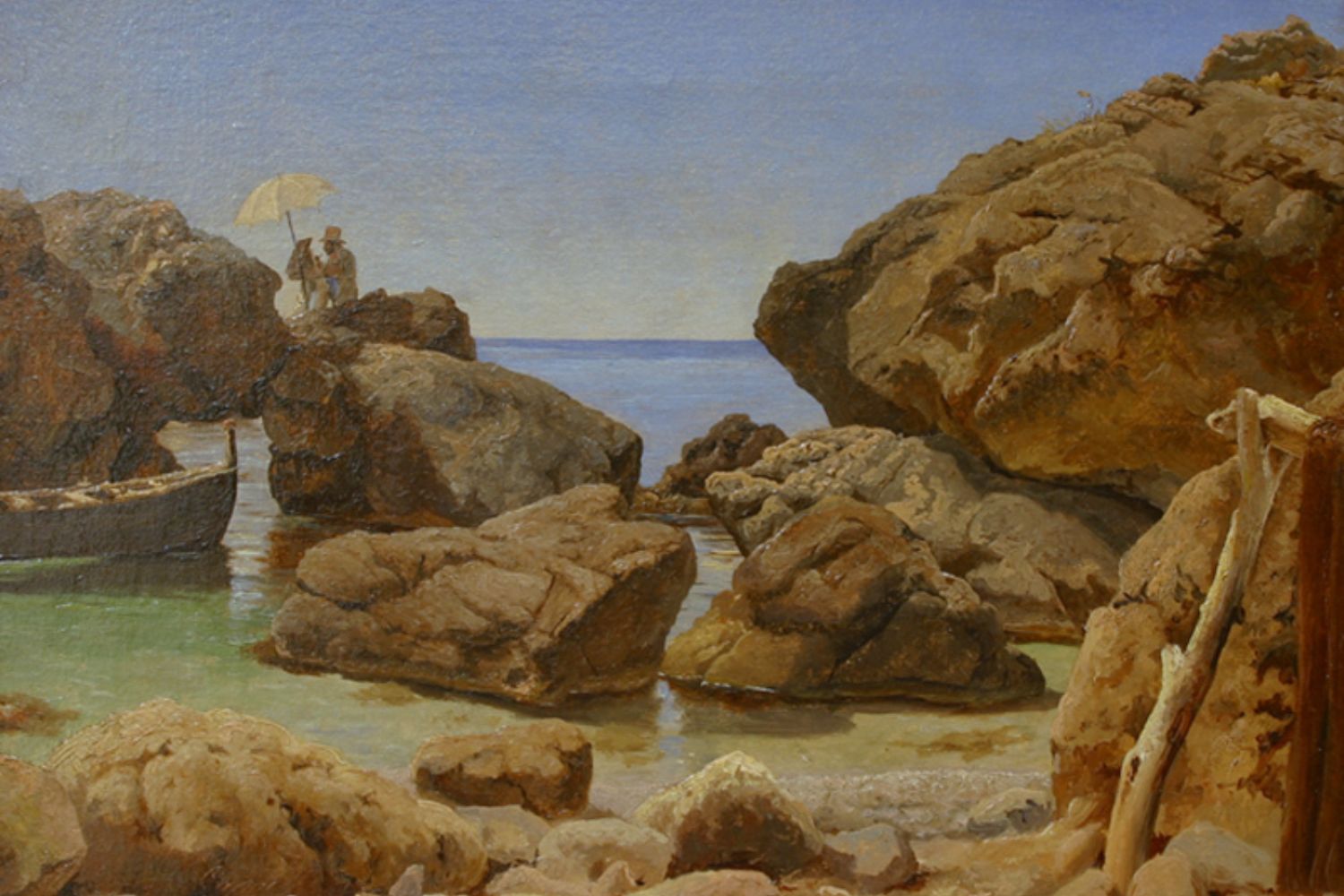
Keep a sketchbook to consistently practice and record progress. A deeper understanding and appreciation of Art can be achieved through dedication and informed exploration. Source: National Endowment for the Arts.
What is an Art Market, and What is its Function?
In the vast realm of art, one concept that often piques interest is the “Art Market“. The art market is a vibrant ecosystem where artworks are bought, sold, and appraised. It serves multiple functions as a platform for artists to showcase their creations and for collectors and enthusiasts to discover and acquire these pieces.
Additionally, it plays a pivotal role in setting art valuations, shaping cultural trends, and reflecting societal values. Delving into its dynamics offers a fascinating glimpse into the intersection of art, commerce, and culture.
How to View Art Critically and Appreciate Its Aesthetics?
It is imperative to employ a discerning eye to view Art critically and appreciate its aesthetics:
- First, observe the artwork’s formal elements, such as color, line, shape, and texture. The Art Bulletin journal highlights the importance of these elements in discerning Art’s visual properties.
- Next, evaluate the composition and arrangement of elements, which is vital for understanding the artwork’s structure.
- Historical context is another critical factor; the Journal of Art Historiography posits that it enhances understanding of an artwork’s significance.
- Lastly, consider the artist’s intention by examining artist statements or related texts, as the Art History journal suggests, and this aids in appreciating the concept and meaning behind the Art.
Conclusion
In summation, art is an indelible fabric of human culture, transcending time and borders. From its historical progression to diverse genres and movements, art reflects the kaleidoscope of human experience.
Its importance is multifaceted, serving not only as an aesthetic expression but also as cultural commentary. As creators and consumers, individuals harness the transformative power of art.
We refine our perceptual acuity through critical analysis and through engagement, such as in museums, we partake in a shared heritage.
In its boundless forms, art remains an inexhaustible wellspring of inspiration and connection for humanity.

